Thank you WordFire Press for sponsoring this post. Be sure to check out and pre-order Danielle, Chronicles of a Superheroine here!
Ocean Conservation and Awareness
coastal vs non coastal states
From the time our oldest daughter was an infant, she was absolutely infatuated by nature. As she grew, her maturity in the questions she asked did too. At four years old, she didn’t just want a pet fish to have a friend in her bedroom, she wanted a pet fish to document it’s behavior, eating habits and sleep schedule in a drawn journal. In preschool she would spend her days digging in the garden looking for bugs and despite the efforts of the school director repeatedly redirecting to other activities on the playground, we all finally just embraced her quirky and obsessive interest in the welfare of the school garden bugs where she would spend most of her recess for the next couple of years. Recently she read Danielle, Chronicles of a Superheroine and although she is already confident in her ability to create change, she is inspired to help close the gap between educational efforts for ocean conservation and awareness in coastal vs non coastal states.
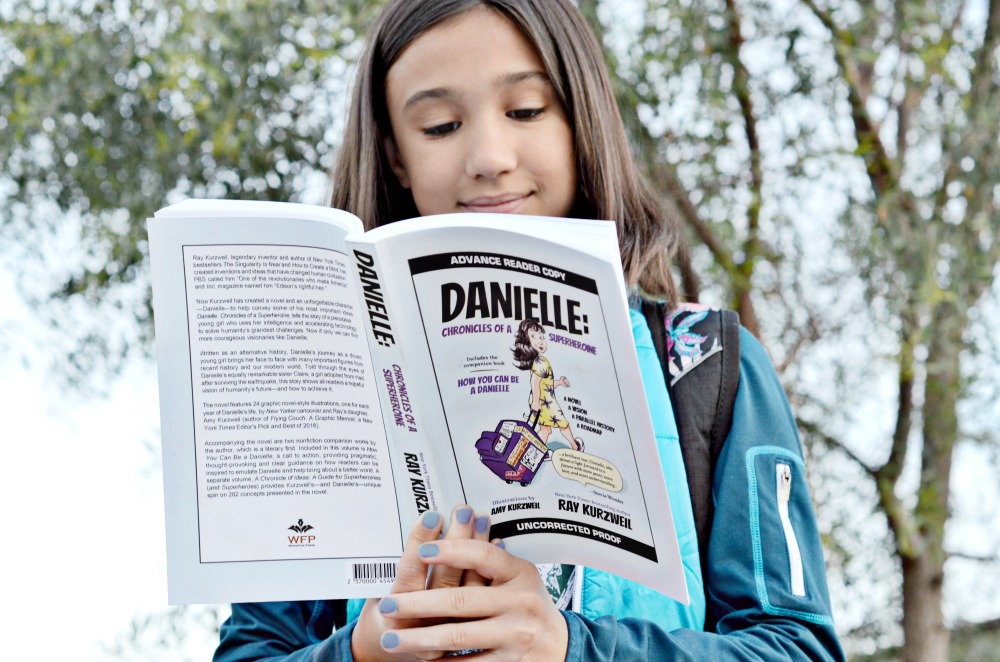
Our daughter‘s career ambitions also matured from wanting to be a sea lion trainer her entire year of prekindergarten to actively pursuing scuba lessons and spending every opportunity possible with marine biologists and researchers learning about their career paths.
Her endless enthusiasm for science has led her to many unique and incredible learning opportunities including helping rescue an injured sea lion and participating in the return of rehabilitated elephant seals and sea lions to their natural environment in the ocean.
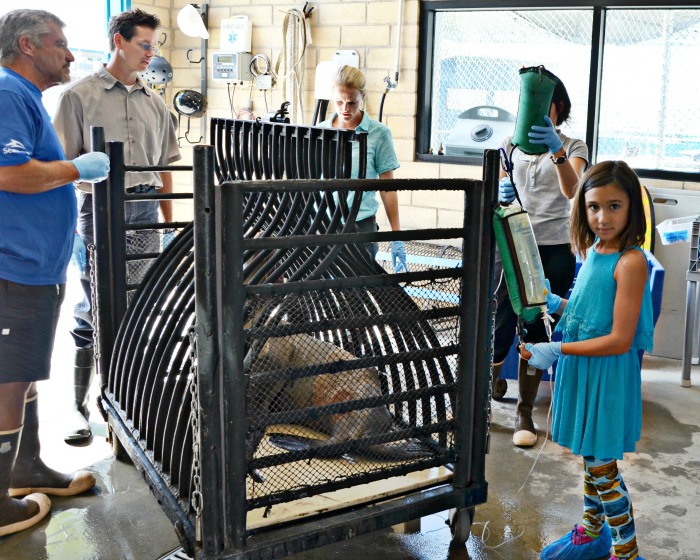
Like in the Danielle, Chronicles of a Superheroine book, our daughter uses her voice responsibly and knows the impact she is capable of making. Although she is young, her mission to educate about ocean conservation and awareness for marine animals is already making a big difference.
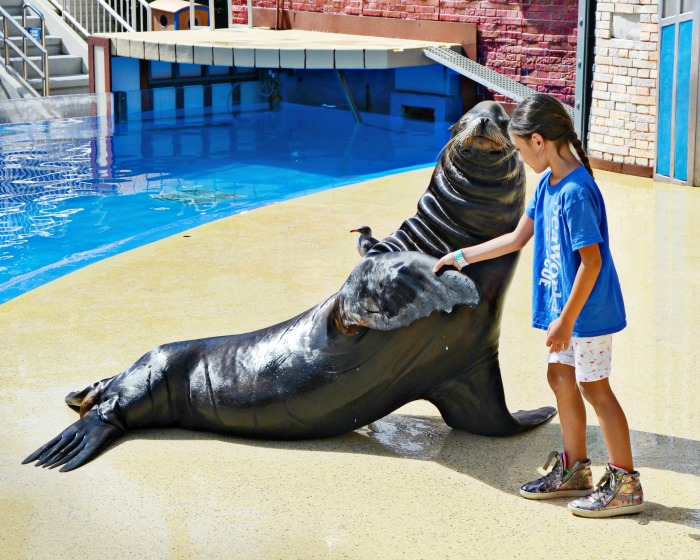
While participating in the return of the seals and sea lions to the ocean after rehabilitation, at just eight years old, our daughter had a very eye opening experience. From the boat, she spotted mylar balloons on the water surface. We were quite a distance from land and the balloons had obviously fell down into the water after being let go on shore. You hear about the dangers of pollution often but this was our young daughter’s first experience seeing something so potentially hazardous to animals floating in the ocean not far from where we just watched healthy seals and sea lions swimming enthusiastically splashing and swimming as they made their way home.
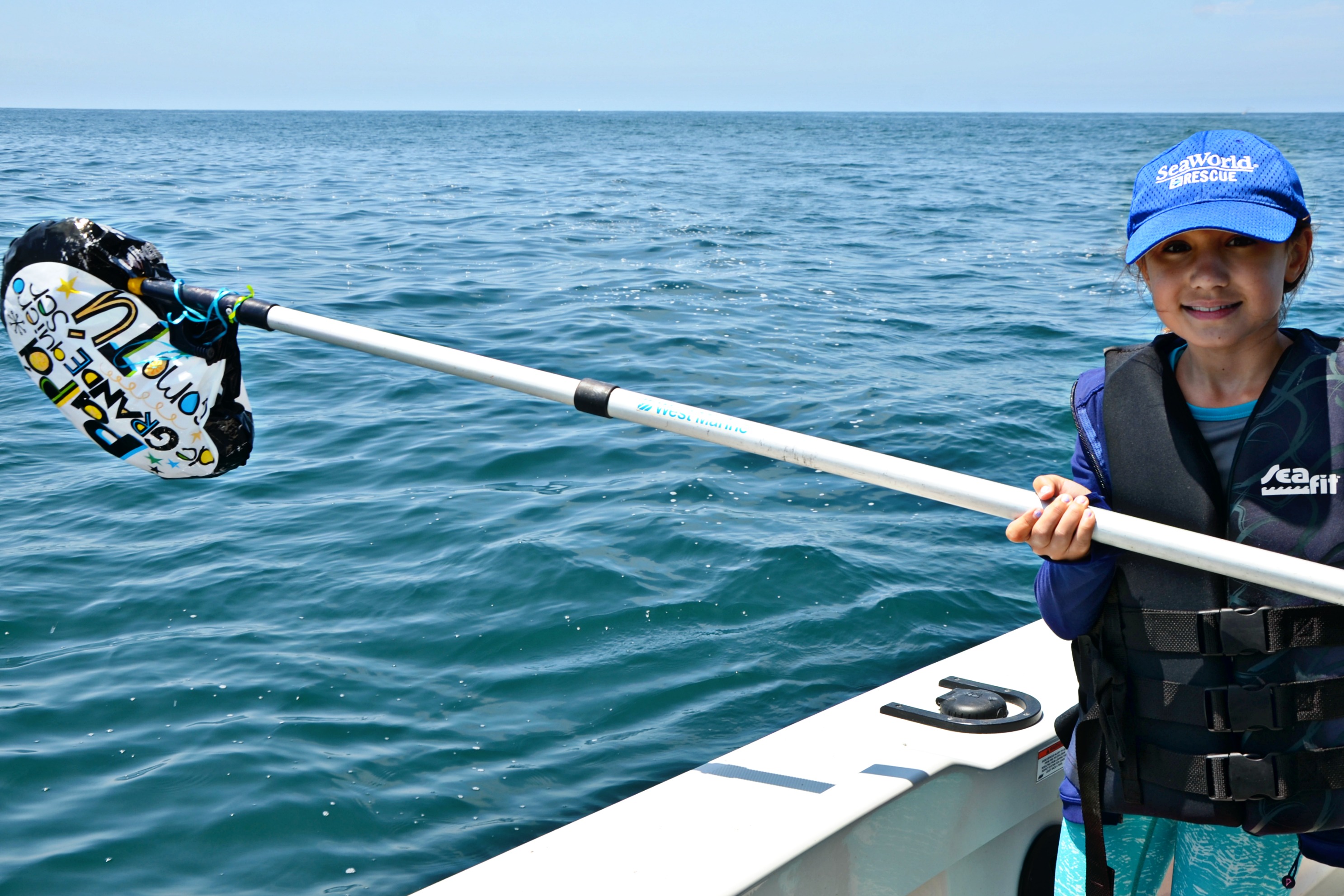
Our conversations have recently shifted from how her friends ask to hear about her experiences but also to the shock in her realization that not many of her Arizona peers know about simple things we can all be doing to contribute positively to ocean conservation efforts. This led to a much bigger conversation and inspired by the Danielle, Chronicles of a Superheroine book, she decided to document the differences between ocean conservation and awareness in coastal vs non coastal states.
The roots of this conversation were laid well before our daughter approached me with the challenge. In her early elementary school years in anticipation of an upcoming field trip to the zoo, her teacher sent an email to parents reminding them to bring a packed lunch in a plastic grocery bag. The entire grade level was invited on the field trip so that email introduced hundreds of plastic bags to be used one time and likely not disposed of properly by young children. Add in that this correspondence was sent by an educator talking about visiting a zoological facility where learning opportunities to help protect animals in the wild are present. We had a similar experience years later when a teacher sent home correspondence advising children to bring two disposable water bottles on their upcoming field trip. In both scenarios, our young daughter was confident with her voice and asked the teachers to reconsider their suggestions to more environmental friendly options. She provided factual information with her request including that a plastic bag is estimated to take 20 years to decompose and plastic single use water bottles might actually be in water sources for 450 years before they are fully decomposed. While I do appreciate that her concerns were heard, she was frustrated that the teachers both suggested she use an alternative lunch bag and reusable water bottle but that the other option was easier and better for the rest of the field trip attendees. Last year she wrote a 7 day protect the sea challenge to help educate on simple ways we an all make a difference. And this year, with her maturity continuing to progress, she’s diving into the why there is inconsistent information provided about ocean conservation and awareness to school aged children dependent on where they reside. We have always believed in turning your ideas into action. Empowering your children to use their gifts to make a difference is so valuable.
Ocean Conservation and Awareness in Coastal vs Non Coastal States
It goes without saying if you grow up near the ocean, you are likely exposed to more information about ocean conservation and awareness. Your school field trips might include learning about the ocean with hands on opportunities and experiences helping with clean ups or research projects. Here in Arizona, a non coastal state, it is evident we are not given the same awareness opportunities.
We visit California, a coastal state, often where exposure to environmental friendly product campaigns and eliminating potentially hazardous waste is part of everyday routines. My daughter has also noted the differences.
Reusable shopping bags
Plastic shopping bags are very harmful to animals and in locations near the ocean, grocery stores charge for plastic bags to help incentivize shoppers to bring reusable bags instead. Here in Arizona a teenage grocery bagger actually told my daughter and I it was much easier to bag groceries when he was able to just use what the store had available – plastic. Shoppers with reusable bags here are the minority.
Eliminating straws
In many coastal states, straws are provided only when the customer asks at a restaurant and some don’t carry straws at all or have switched to an alternative paper product. Here in Arizona, it’s rare to receive a glass without a plastic straw at a restaurant. I actually just learned, through my own online research, that this month is “No Straw November” led by the Aquarium Conservation Partnership. I’ve seen nothing about this initiative in my own state.
Single-Use Plastics Ban
While we certainly aren’t there yet, single-use plastic ban proposals are being approved internationally and the proposals are starting to be introduced more often. Single-use plastics include items like plastic water bottles, plastic utensils and more. In coastal states, visible signage reminds you of the dangers for our oceans if we all continue to use these single-use plastics. We don’t have that same visibility to the concern here in Arizona.
Our daughter learned at a very early age that many of the human impacts are simply habits that can be changed. Before the highly conversed topic of plastic pollution in the ocean was prevalent in media, she knew how it was affecting the ocean and marine life.
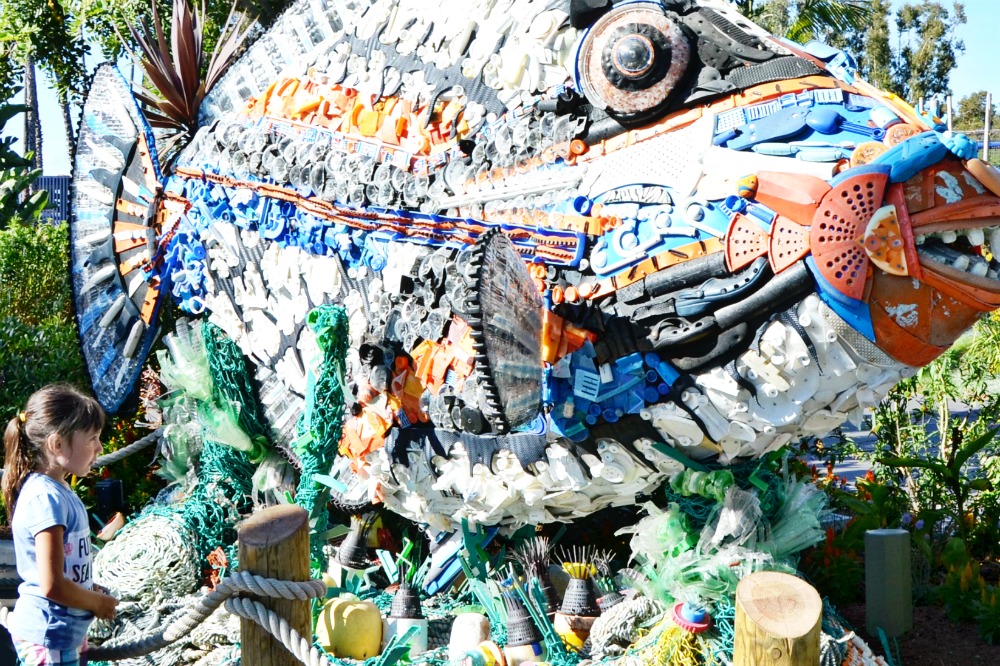
After reading the Danielle, Chronicles of a Superheroine book, she felt empowered to create change. Her primary objective is certainly bringing awareness to ocean conservation efforts and how we can all contribute positively but she recently asked for guidance on closing the gaps between the efforts made by coastal states vs non coastal states like where we live. You can find our daughter reading most of her time outside of school, rock climbing team practice and competitions, and learning on her own about ocean conservation and awareness. I’m happy to see she’s taken such an interest in the book about Danielle because her confidence in making change is growing.
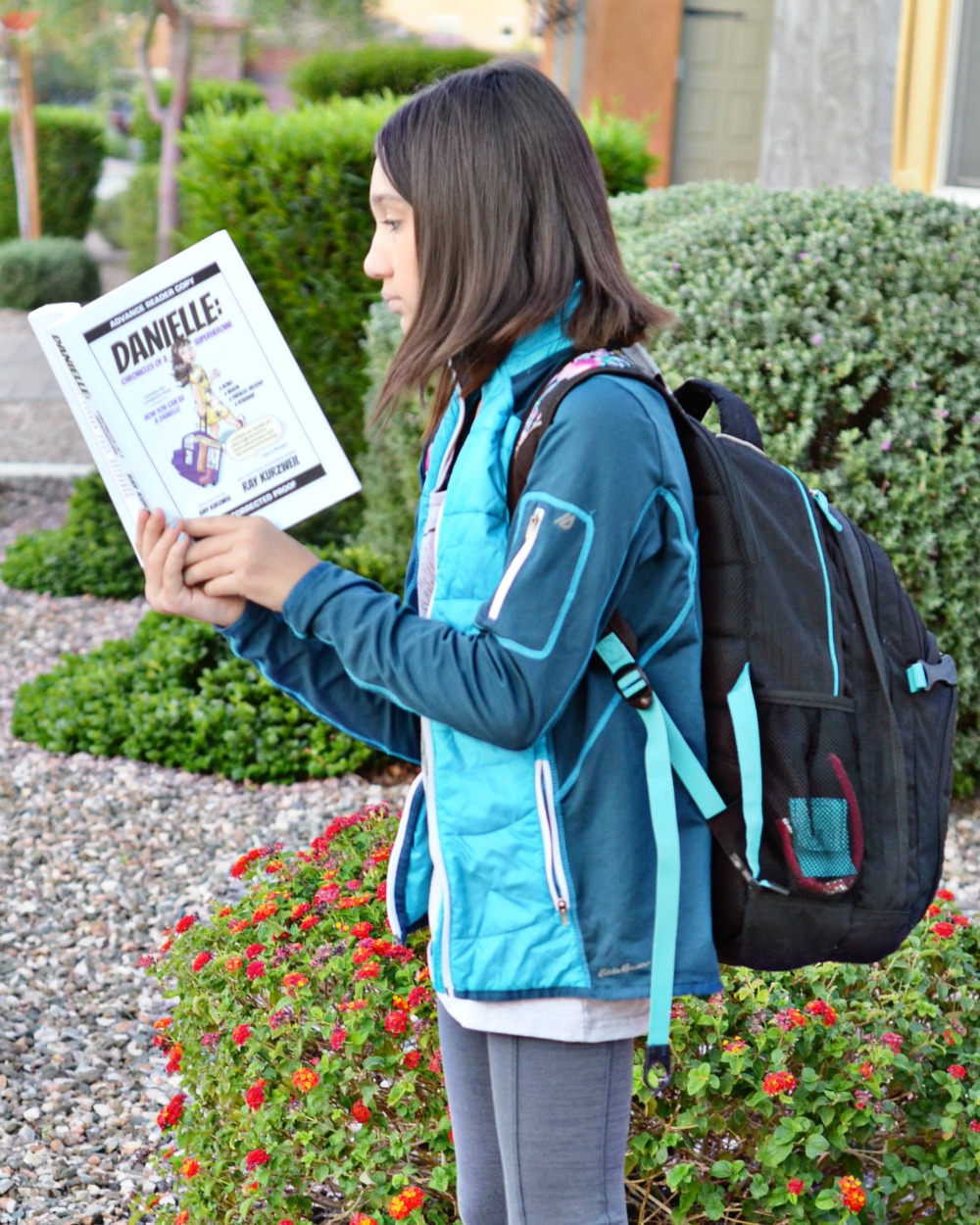
Anyone can change the world. Teach your kids that you don’t have to be an adult to change the world. Order your copy of Danielle, Chronicles of a Superheroine for January 2019 delivery.
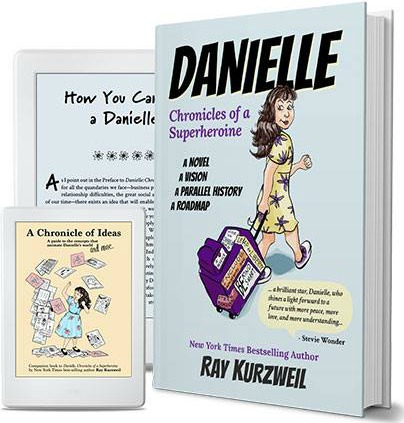
Read more about our thoughts on the Danielle, Chronicles of a Superheroine book:
What are you doing to make sure your children have access to learning opportunities about ocean conservation and awareness?
Learn more about WordFire Press’ Danielle, Chronicles of a Superheroine by connecting with the book character, Danielle, on Facebook, Instagram, Twitter and YouTube.

I was selected for this opportunity as a member of CLEVER and the content and opinions expressed here are all my own.

Such a bright pretty daughter you have! She’s not only intelligent but also passionate about nature. I love how she advocates for taking care of nature and the projects she participates in to maintain ocean life. That’s admirable! I think many should follow this because people are now dumping plastic wastes in the ocean which kills ocean life over time. Cheers to ocean conservation!
Your daughter has had some amazing experiences! I minored in Marine Science and so it is a topic that I am very passionate about. It’s great that there are kids out there to aspire to do these things of things!
That sounds like a great book for kids, and your daughter is so lucky to have parents that foster her love of scinece and the world around her!
What well deserved opportunities and adventures your daughter was afforded. She is a girl after my own heart.
I have so many I thought of that would be honored to own this book. Your daughter has a very bright future ahead that will not only benefit her but the world around her as well.
We can’t neglect our Oceans and keep the conversation about Ocean conversation under the rug. This has to be addressed and who can do it better than the new generation.
Wow. Your daughters compassion to conserve nature and protect animals is very commendable. All credits to you for raising her well. That book is something that all kids must have too.
That’s a great experienced to have and it’s really best to maintain and conserve our environment. Thanks for sharing.